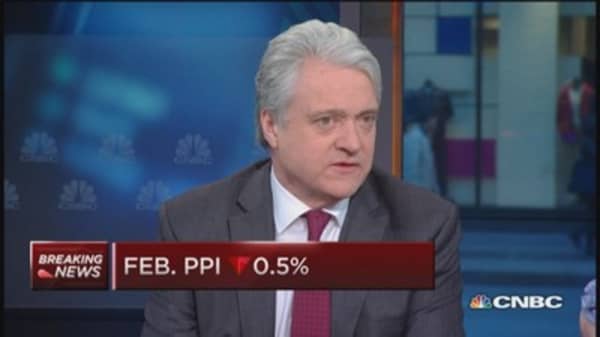Think of it as a massive global markdown on the price of money.
As investors fret about the prospects of higher interest rates in the U.S., the cost of borrowing is falling in the rest of the world.
The big reason: Central bankers around the world are slashing benchmark lending rates to try to reverse an ongoing slowdown in global growth. Though a convincing recovery has begun to take hold in the U.S., efforts to revive expansion after the Great Recession have faltered elsewhere.
With its economy in crisis, Russia's central bank announced a rate cut Friday—the second this year.
Since January, the list of central banks cutting rates includes Uzbekistan, Romania, Egypt, Peru, Turkey, Canada, the European Central Bank, Pakistan, Singapore, Albania, Australia, China (twice), Denmark, Sweden, Botswana, Israel, India, Poland and—earlier this week—Thailand and South Korea.





